Family Preparedness: Developing A Post-Hurricane Family Plan
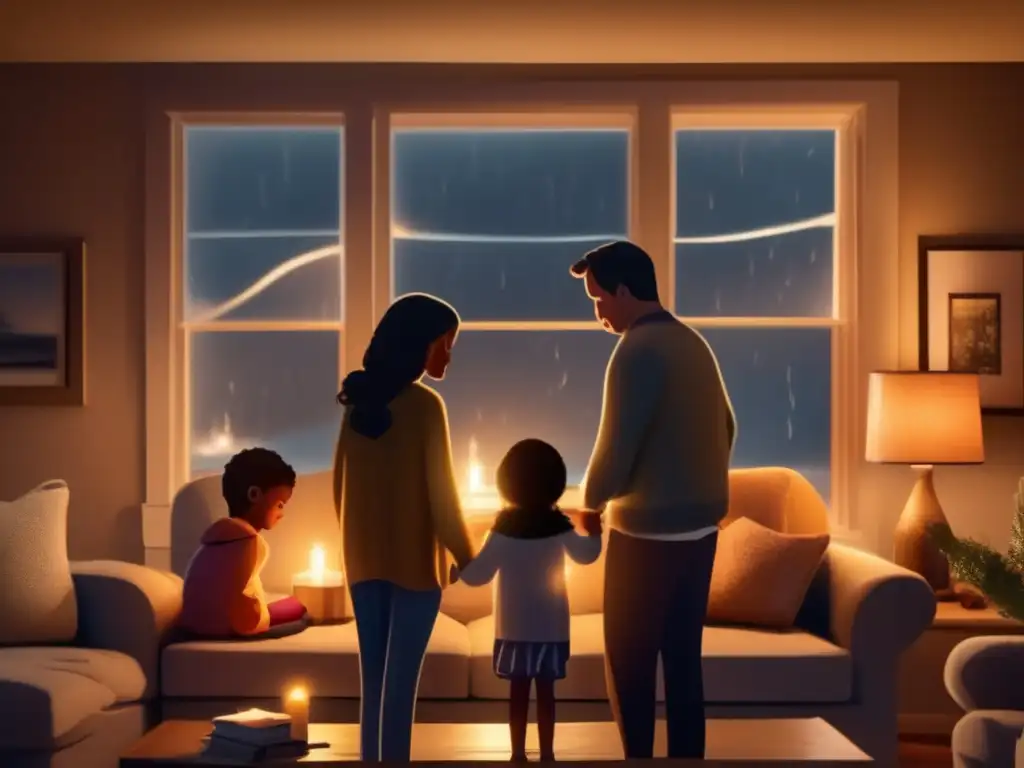
Family Preparedness: Developing a Post-Hurricane Family Plan
Introduction
When a hurricane strikes, it can be a devastating and life-changing event for those in its path. It is essential to have a plan in place to protect your family and property during and after the storm. A post-hurricane family plan will ensure that everyone in your household knows what to do and where to go if disaster strikes. In this article, we will provide basic knowledge about hurricanes and discuss how to develop a post-hurricane family plan.
The Basics of Hurricanes

What are Hurricanes?
Hurricanes are powerful, rotating storms that originate in tropical or subtropical waters. They are categorized based on their strength, with Category 1 being the weakest and Category 5 being the strongest. Hurricanes are capable of producing high winds, heavy rain, and storm surges that can cause widespread damage and loss of life.
How Do Hurricanes Form?
Hurricanes form over warm ocean waters when the atmospheric conditions are just right. Warm, moist air rises from the surface of the water, and as it does, it cools and condenses into clouds. This process releases heat, which fuels the storm and causes it to grow stronger. When winds around the storm reach a certain speed, it is classified as a hurricane.
How Can I Prepare for a Hurricane?
Being prepared for a hurricane involves creating a plan before the storm hits. Make sure you have enough supplies to last a few days, including food, water, batteries, and other essentials. You should also have a battery-powered radio or smartphone to stay informed about the storm. Finally, know your evacuation route and have a plan in place for where you will go if you need to leave your home.
Developing a Post-Hurricane Family Plan
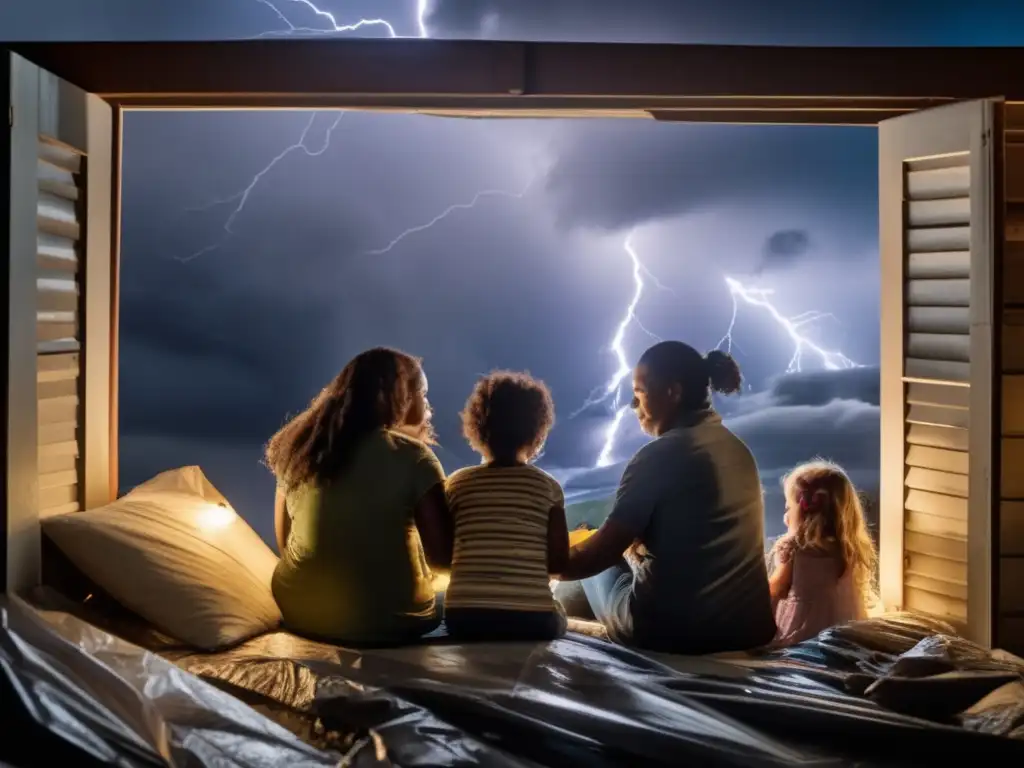
Assign Responsibilities
When developing a post-hurricane family plan, the first step is to assign responsibilities to each member of your household. This should include tasks such as checking for damage, contacting insurance companies, and cleaning up debris. It is essential to ensure that everyone understands their role and knows what to do in case of an emergency.
Create a Communication Plan
In the aftermath of a hurricane, communication can be challenging. Power outages, downed phone lines, and other issues can make it difficult to stay in touch with family and friends. To overcome these challenges, it is essential to create a communication plan that everyone in your household understands. This plan should include identifying a central meeting place, sharing contact information, and having a backup plan in case traditional communication methods are not available.
Document Your Property
If your property is damaged during a hurricane, it is essential to document the damage as soon as possible. This documentation can help when filing insurance claims and can also be useful for FEMA assistance. Take photos or videos of the damage and keep all receipts for repairs or replacements.
Prepare for Power Outages
Power outages are common after a hurricane, so it is important to prepare for them. Make sure you have flashlights, batteries, and other essentials readily available. You should also consider purchasing a generator if you live in an area prone to power outages.
Recovering After a Hurricane
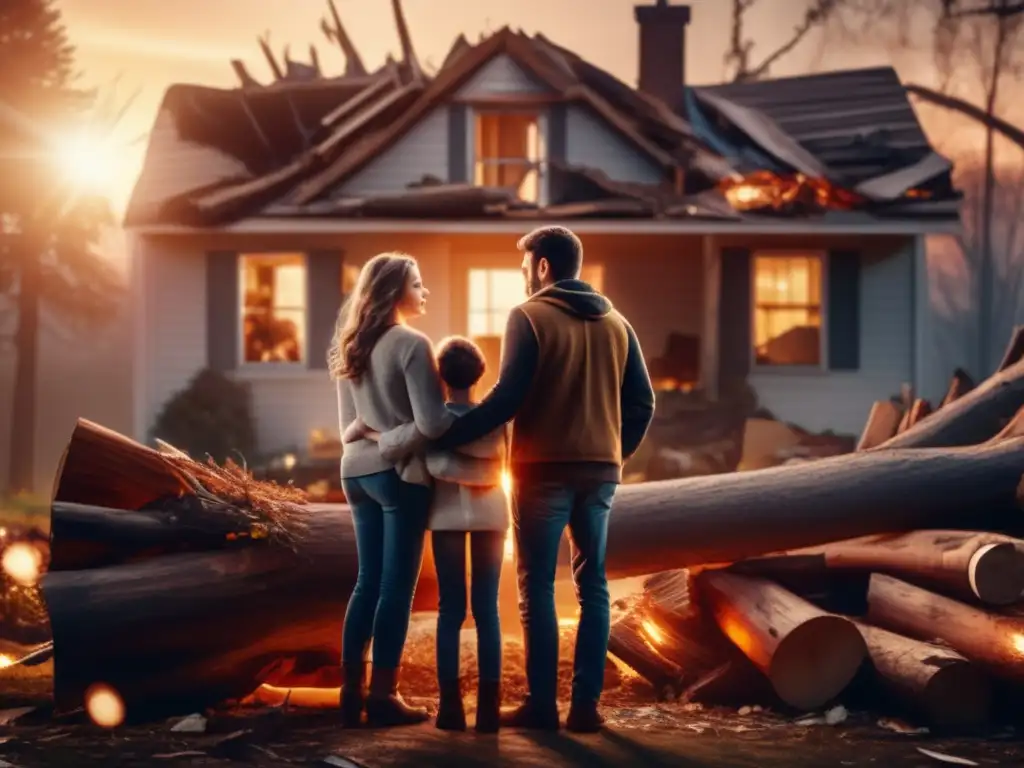
Safety First
After a hurricane, it is crucial to prioritize safety. Stay away from downed power lines, flooded areas, and other hazards. Wear protective clothing and follow all safety instructions provided by local authorities.
Assess the Damage
Once it is safe to do so, assess the damage to your property. Take photos or videos of any damage as evidence for insurance claims and FEMA assistance. Make a list of items that need to be repaired or replaced.
Contact Your Insurance Company
If your property has suffered damage, contact your insurance company as soon as possible to file a claim. Be prepared to provide documentation of the damage, including photos and receipts.
Apply for FEMA Assistance
If your area has been declared a disaster area by the federal government, you may be eligible for assistance from FEMA. Visit the FEMA website or call their hotline to learn more about eligibility requirements and how to apply.
Frequently Asked Questions
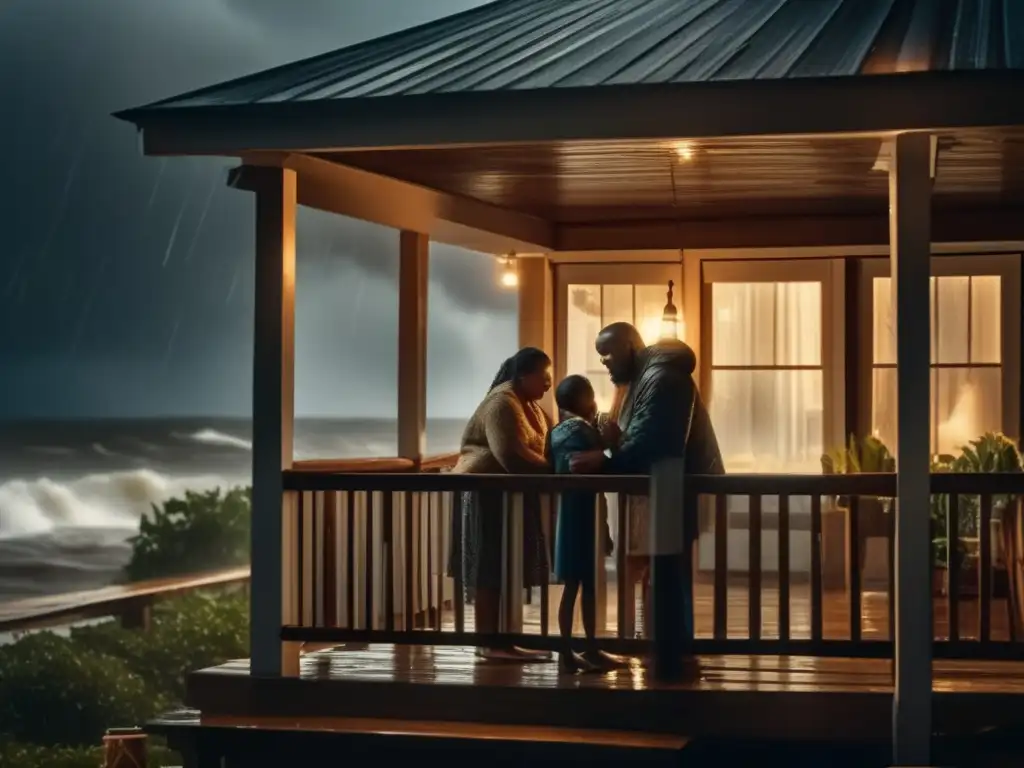
-
What should I do if I am ordered to evacuate my home?
If you are ordered to evacuate your home, follow the instructions of local authorities. Make sure to take necessary supplies, such as food, water, and medication, and follow your evacuation plan.
-
How long does it usually take to recover from a hurricane?
Recovering from a hurricane can take weeks or even months depending on the severity of the storm. It is important to be patient and to prioritize safety during the recovery process.
-
What should I do if I don't have insurance?
If you don't have insurance, there are still resources available to help you recover after a hurricane. Contact FEMA or local non-profit organizations for assistance.
-
How can I prepare for a hurricane if I have pets?
Be sure to include your pets in your hurricane preparedness plan. Make sure you have enough food, water, and supplies for them, and consider microchipping them in case they get lost during the storm.
-
What should I do if I encounter wildlife after a hurricane?
Be cautious when encountering wildlife after a hurricane. Stay away from animals that look sick or injured, and notify local authorities if you encounter dangerous animals such as alligators or snakes.
Conclusion
Developing a post-hurricane family plan can help protect your loved ones and property during and after a storm. Assigning responsibilities, creating a communication plan, documenting your property, and preparing for power outages are essential steps to take before a hurricane strikes. After the storm passes, prioritize safety, assess the damage, contact your insurance company, and apply for FEMA assistance if necessary. Remember to be patient during the recovery process, and always prioritize safety and follow local authorities' instructions.
This information is crucial for those living in hurricane-prone areas, but it is also valuable for anyone who may be affected by a natural disaster. Thank you for taking the time to learn about family preparedness and developing a post-hurricane family plan.
Additional Resources
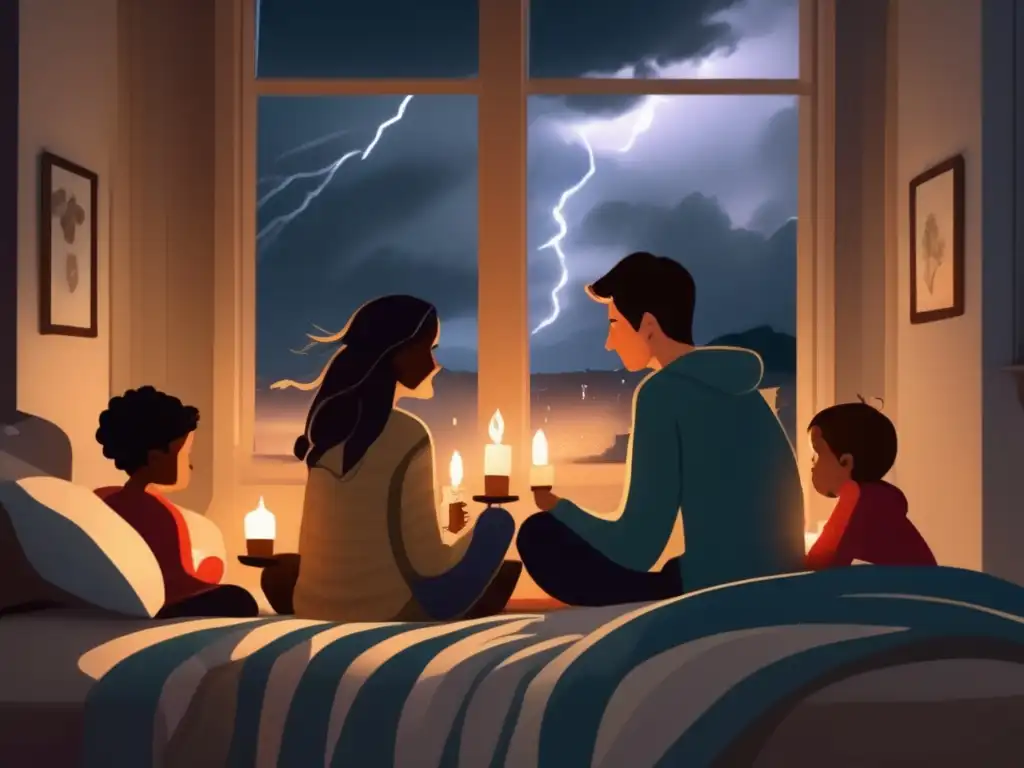
 Coping With The Loss Of A Loved One During A Hurricane
Coping With The Loss Of A Loved One During A Hurricane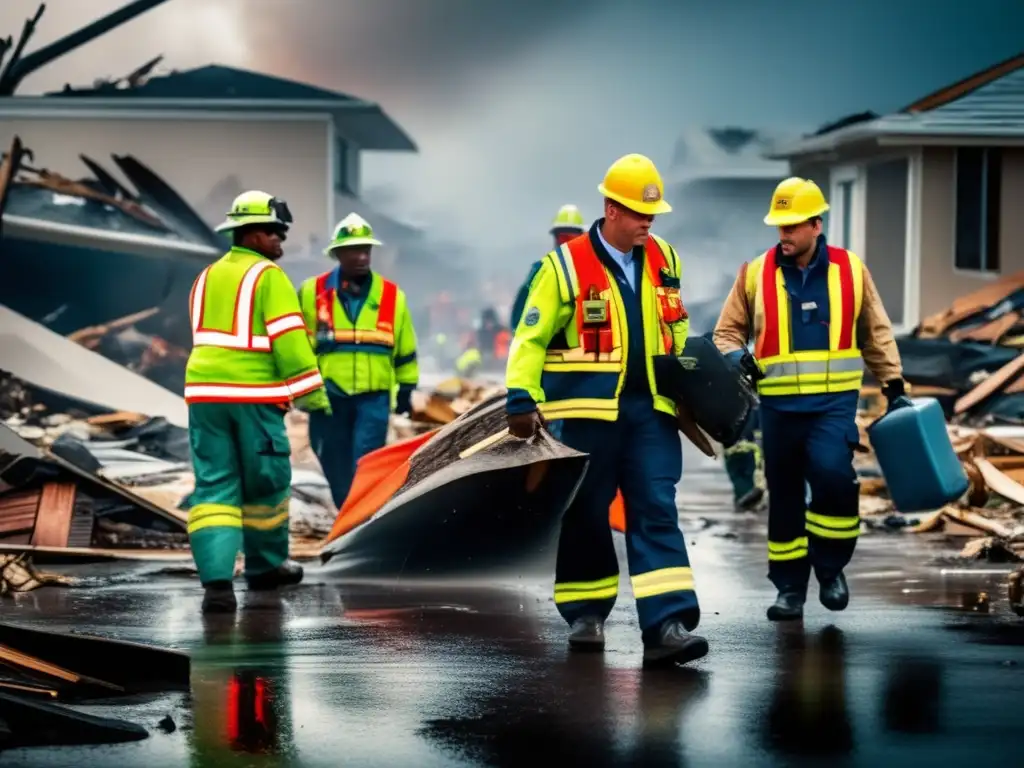 Mobile Apps For Post-Hurricane Recovery And Assistance
Mobile Apps For Post-Hurricane Recovery And Assistance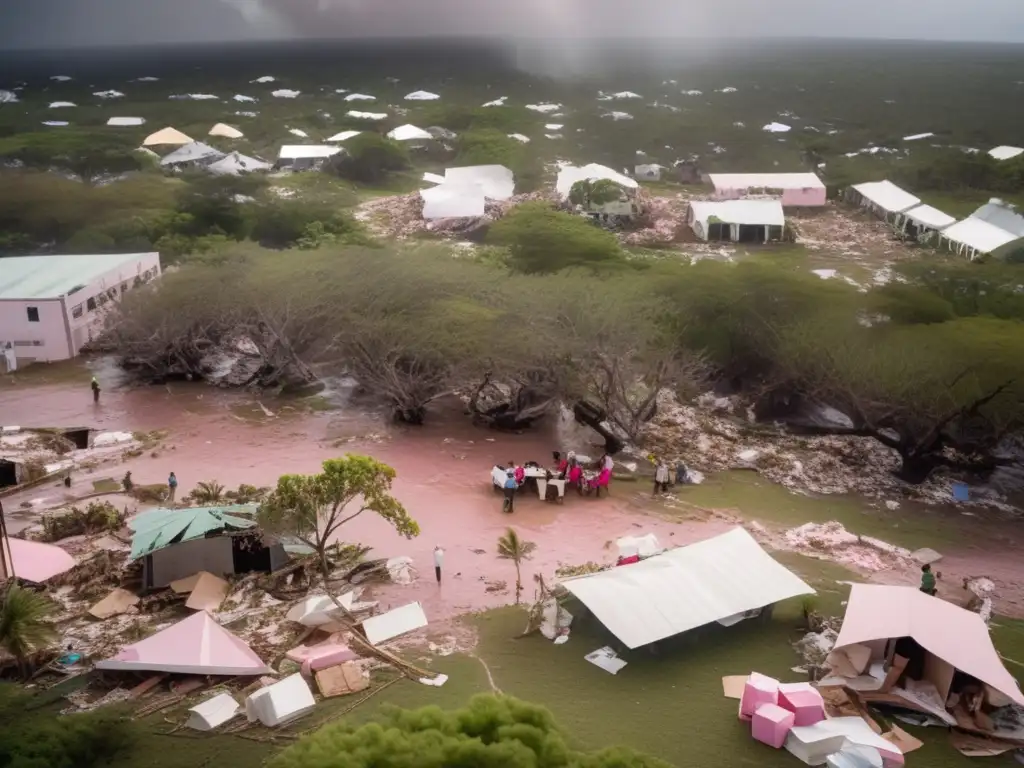 Disaster Food Stamps: Nutritional Assistance Post-Hurricane
Disaster Food Stamps: Nutritional Assistance Post-HurricaneIf you want to discover more articles similar to Family Preparedness: Developing A Post-Hurricane Family Plan, you can visit the Hurricane recovery: category.
Leave a Reply

Articulos relacionados: